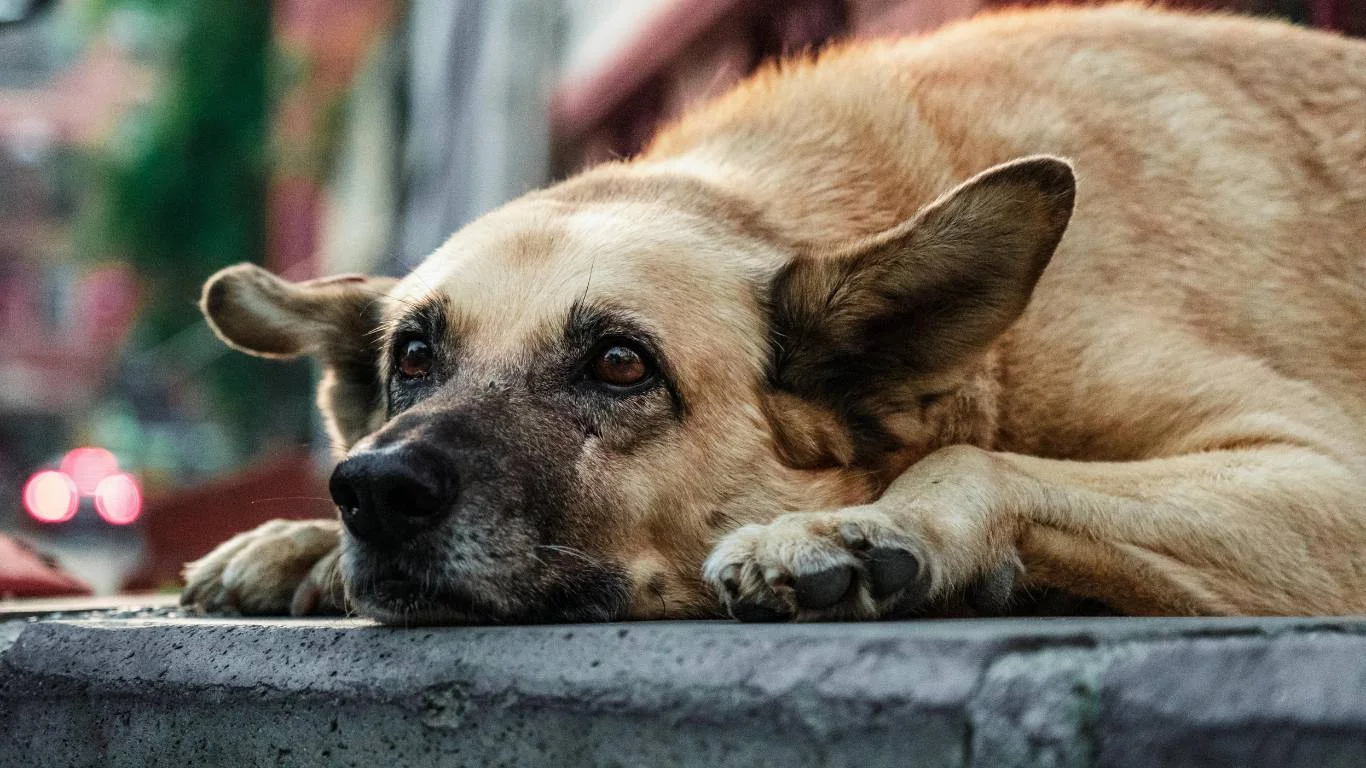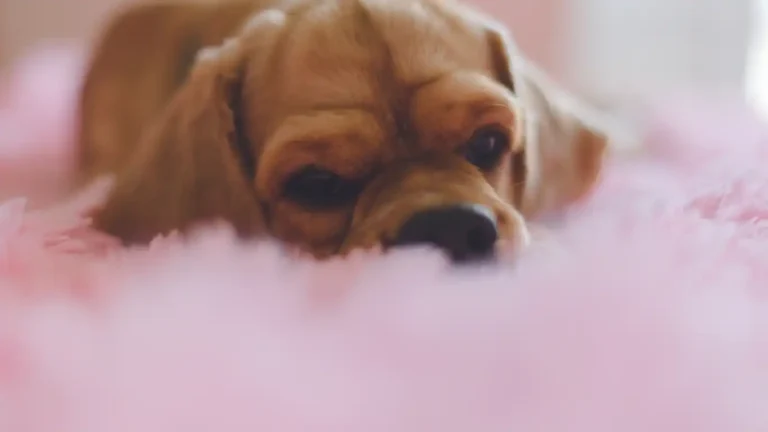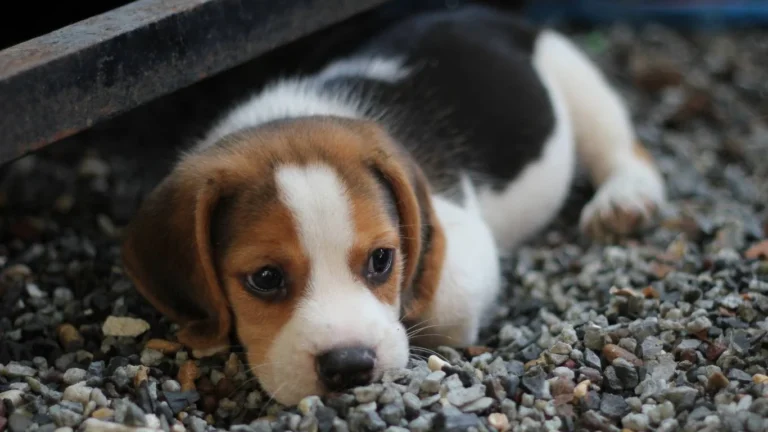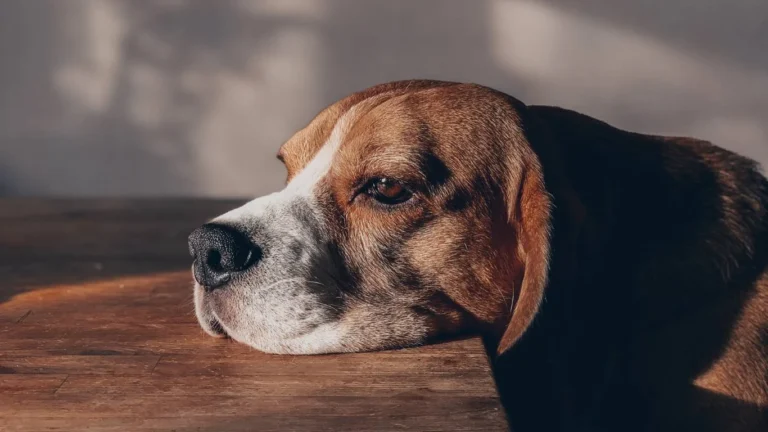Why Is My Dog’s Fur Thinning on Their Back? Discover the Hidden Cause
Why is my dog’s fur thinning on their back? If you’ve found yourself asking this lately, you’re definitely not alone. I’ve worked as a veterinary assistant for several years now, with a strong focus on canine nutrition, and I can’t tell you how often pet parents come in worried about sudden bald spots or thinning patches of fur, especially down the spine or near the tail. It’s concerning, I know. Our dogs can’t exactly tell us what’s up, so we’re left decoding the clues their bodies give us — and fur loss is a big one. Let’s break down the common causes, what to watch for, and how I usually help clients get to the bottom of it.
Common Causes of Fur Thinning on a Dog’s Back
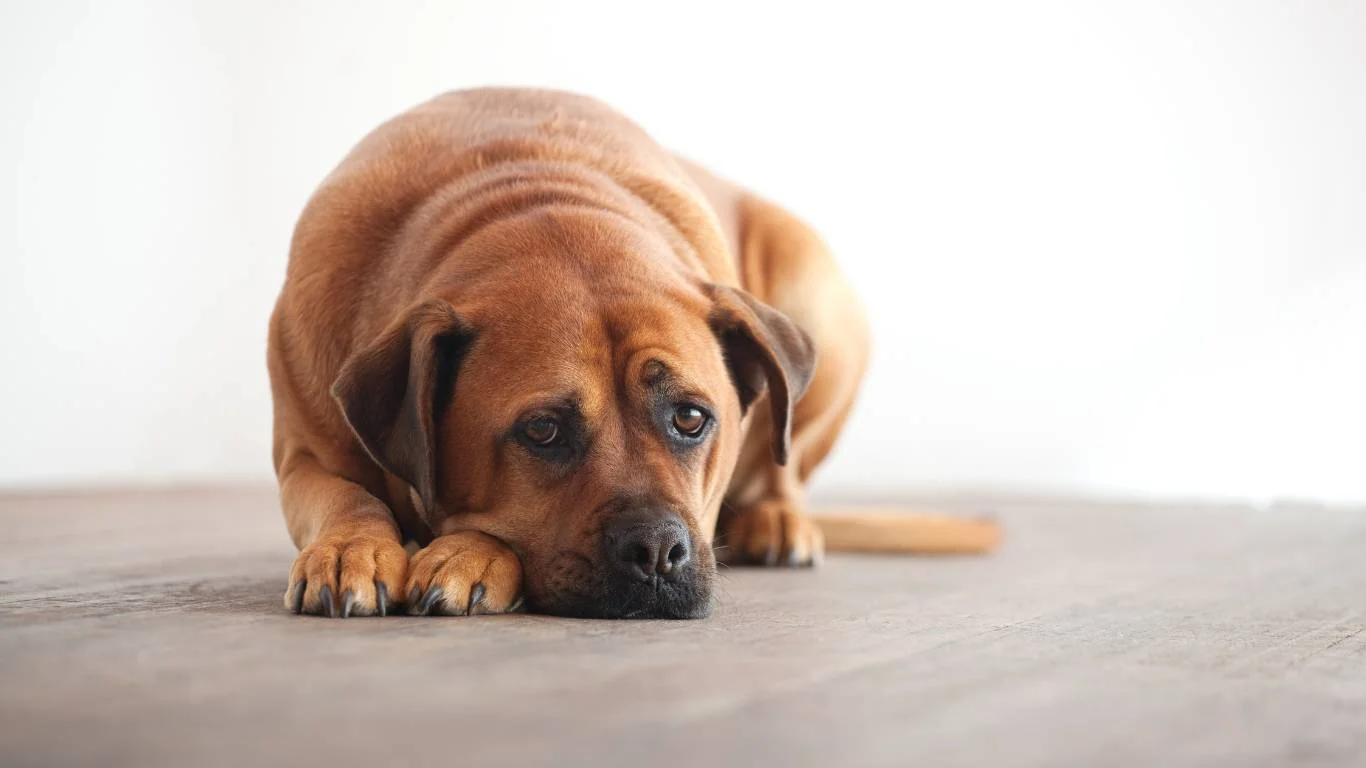
1. Allergies Are a Sneaky Culprit
Allergies are easily one of the top causes of hair loss in dogs. I’ve seen countless pups come in with red, itchy skin and thinning patches that have their owners worried sick. A lot of people don’t realize dogs can have environmental allergies (like pollen, mold, or dust mites), food sensitivities, or even reactions to flea saliva. That last one is a biggie — even one flea bite can trigger a full-on skin flare-up in sensitive dogs. If your dog’s fur is thinning on their back, especially near the tail base, that’s a classic flea allergy zone.
- Look for: Scratching, biting, or licking the back or base of the tail
- Check the skin: Redness, inflammation, or tiny scabs are telltale signs
- My tip: Try using a flea comb or check for flea dirt — those little black specks that turn red with water
One time, a regular client brought in her beagle, Daisy, convinced she had mange. Turned out, Daisy had developed a strong reaction to her new grain-based kibble. We switched her over to a limited-ingredient, salmon-based formula, and within three weeks, her fur started coming back and her itchiness eased up.
2. Hormonal Imbalances – It’s More Common Than You’d Think
Another reason I often see dogs losing fur on their back is related to hormones. Yup, just like us, dogs can have thyroid issues or adrenal problems that affect their coat. The most common culprits?
- Hypothyroidism: Usually hits middle-aged to older dogs, and it slows everything down — energy, metabolism, and yes, even hair growth.
- Cushing’s Disease: This causes an overproduction of cortisol (stress hormone), which can result in a pot-bellied look, muscle loss, and thinning fur.
I had a lovely lab mix named Jasper come in last year — such a sweet boy, but his mom was worried about symmetrical fur loss along both sides of his spine. His energy was low, and he had gained weight despite no change in diet. Bloodwork confirmed it was hypothyroidism. With daily meds, his coat started to fill back in and he was bouncing around like a pup again.
Diet and Nutrition: Don’t Underestimate the Power of Food
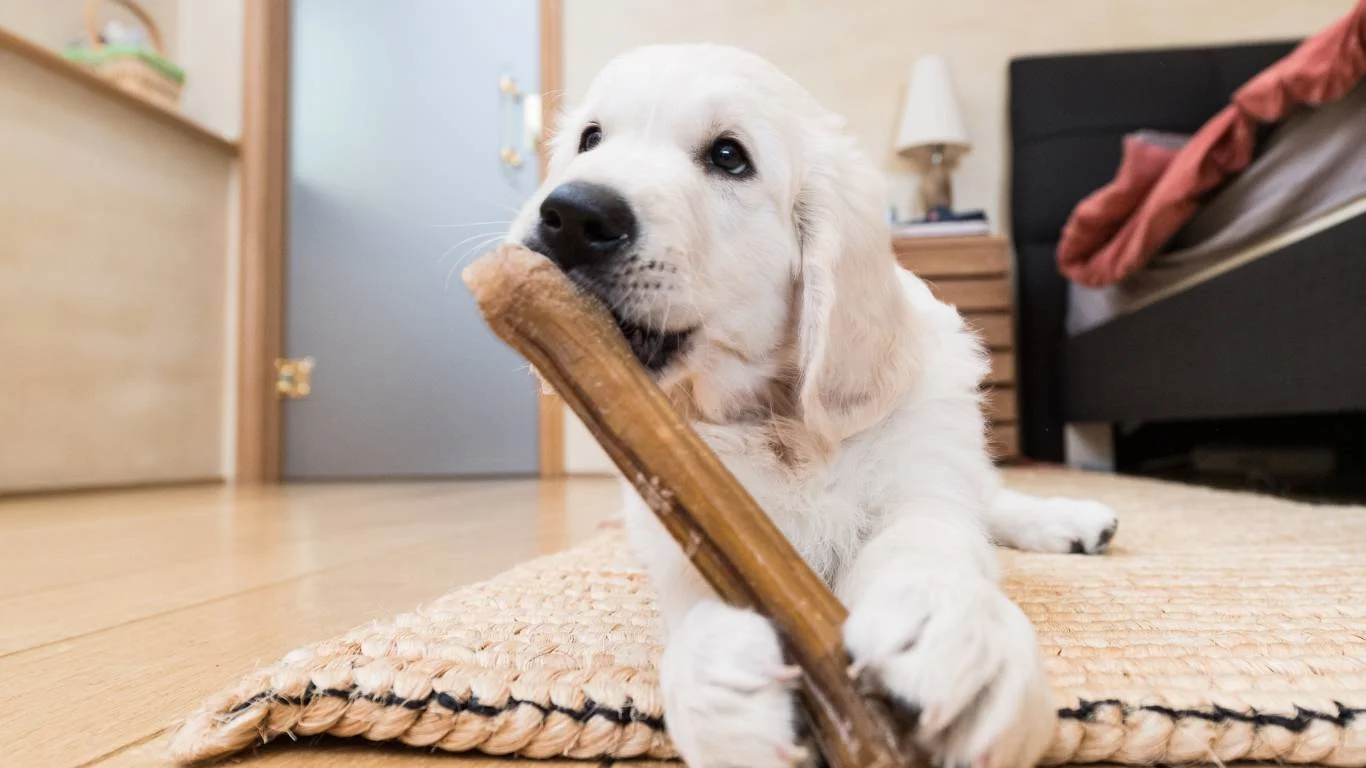
3. Poor Nutrition Can Show Up in the Coat First
Here’s where my nutrition nerd side gets excited — because I can’t stress enough how much a dog’s diet impacts their coat health. Fur is mostly protein, so if your pup isn’t getting enough quality protein, essential fatty acids, or certain vitamins, it’s going to show up in their skin and fur.
I always tell pet parents: if your dog’s coat is looking dull, dry, or thin, it could be a red flag that something’s missing nutritionally. Omega-3s (from fish oil or flax), zinc, and biotin are all crucial for skin and coat health. I’m a fan of rotating high-quality proteins like turkey, fish, or lamb to cover all the bases.
- Tip: Look for foods with salmon oil, flaxseed, or even kelp — they’re packed with coat-supporting nutrients
- Watch out for: Cheap filler ingredients like corn, soy, or meat by-products — they can cause inflammation and poor absorption
- Bonus: Probiotics can also support skin health by improving gut balance
I’ve had clients swear by switching to fresh or raw diets, too. While it’s not for every dog (and definitely chat with your vet first), many see coat improvements in a matter of weeks. One shepherd I worked with had chronic dry skin and fur thinning until we added fish oil to his meals. Night and day difference — no kidding.
Parasites: Not Just Fleas, Folks
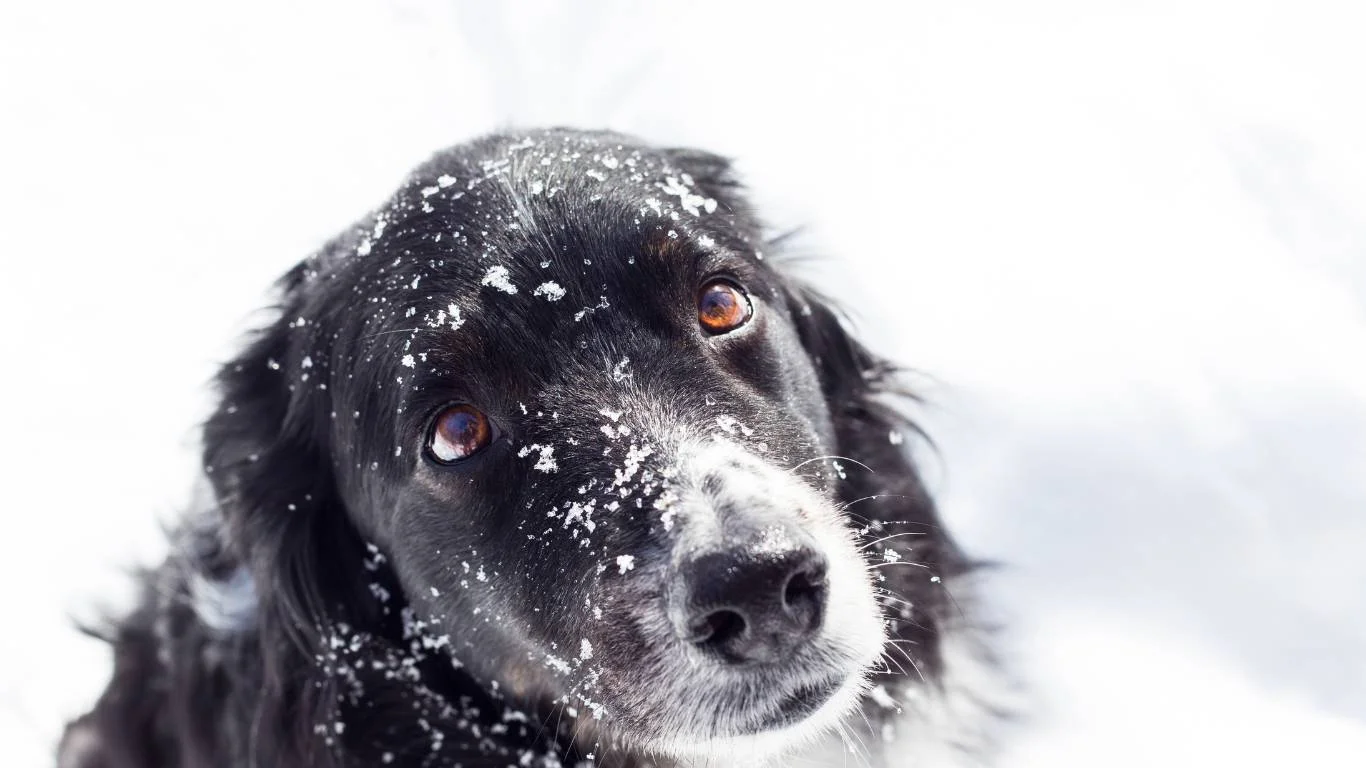
4. Mites, Mange, and Other Tiny Troublemakers
When I say “parasites,” most people immediately think fleas or ticks, but mites are another sneaky cause of fur loss — especially on the back. I’ve seen cases of demodectic mange where the dog wasn’t even itchy, but the hair was just… gone. Then there’s sarcoptic mange, which is incredibly itchy and contagious (yes, even to humans — yikes).
If you suspect mites, definitely get your vet involved. We usually do skin scrapings or tape tests to ID the critters. Treatment can vary from medicated shampoos to oral meds, depending on the severity.
- Signs to watch for: Patchy fur loss, excessive scratching, crusty or scaly skin
- Most common areas: Back, elbows, face, and legs
- Vet tip: Don’t self-diagnose — mange often looks like allergies or dermatitis
Once, we treated a stray that came into our clinic with severe fur loss down his back and legs. At first glance, it looked like old burn scars — but under the microscope? Mites galore. After treatment and a little TLC, his coat came back thick and shiny. You’d never guess the before picture.
Skin Infections Can Be a Hidden Cause of Fur Thinning
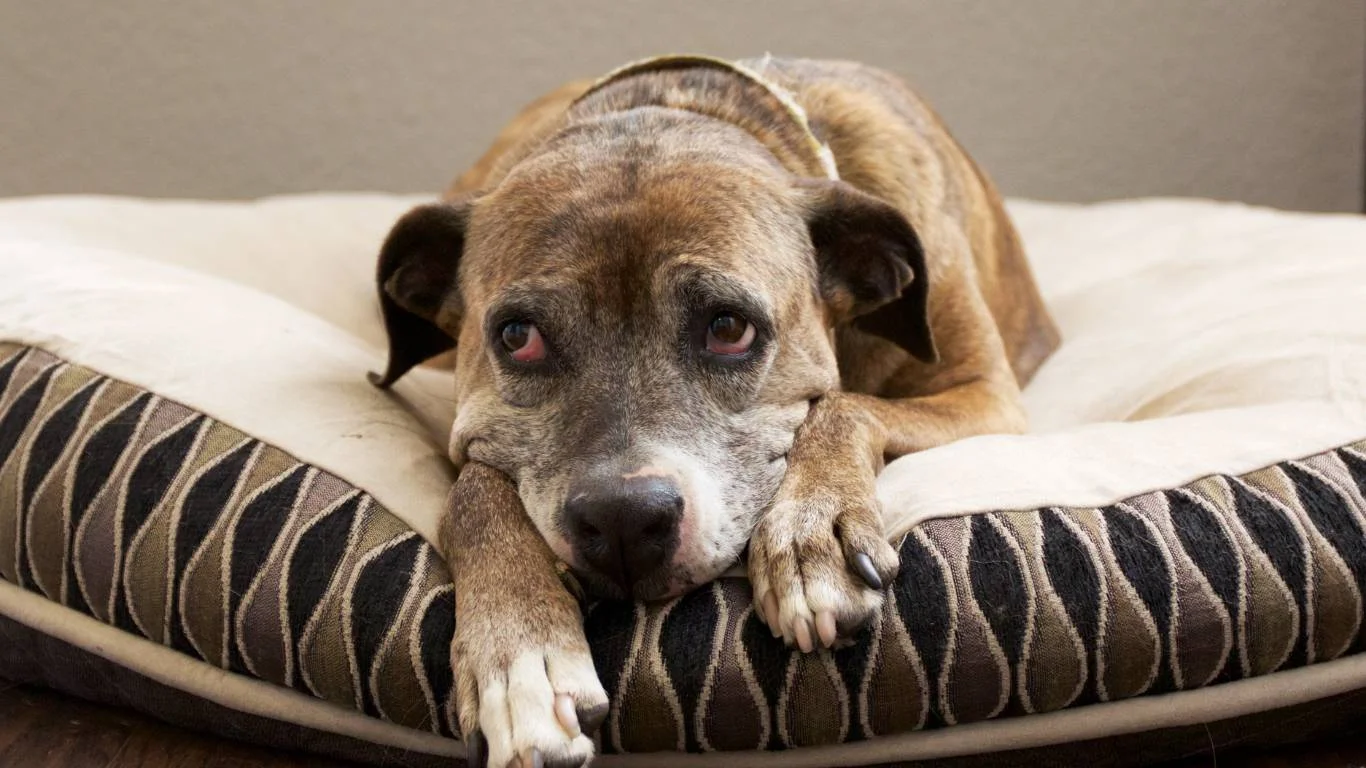
5. Bacterial and Fungal Infections
Alright, let’s talk about another sneaky source of back fur loss — skin infections. These can be super deceptive, especially early on. Sometimes the skin just looks a little red, maybe flaky, but if left untreated, it can lead to patchy fur loss or even open sores. I’ve seen staph infections, yeast overgrowth, and even ringworm cause serious damage to a dog’s coat — especially right along the back and tail.
What often happens is a dog starts with a minor skin irritation (from allergies or scratching), and the broken skin becomes a breeding ground for bacteria or yeast. Ringworm, by the way, isn’t actually a worm — it’s a fungus, and it spreads fast, especially in multi-pet households or shelters. Plus, it’s zoonotic, meaning humans can catch it. Fun times!
- Common signs: Red, inflamed patches, greasy or crusty areas, circular hair loss
- Odor alert: Yeast infections tend to smell musty — kind of like corn chips
- Pro tip: Medicated shampoos and topical treatments can work wonders, but always follow your vet’s direction
One schnauzer I worked with had recurring yeast issues along his back. We ran some tests and it turned out his immune system wasn’t tolerating his high-carb food. We switched him to a low-glycemic, grain-free diet and paired it with a weekly medicated bath routine — game-changer.
Stress and Behavioral Habits Can Trigger Fur Loss Too
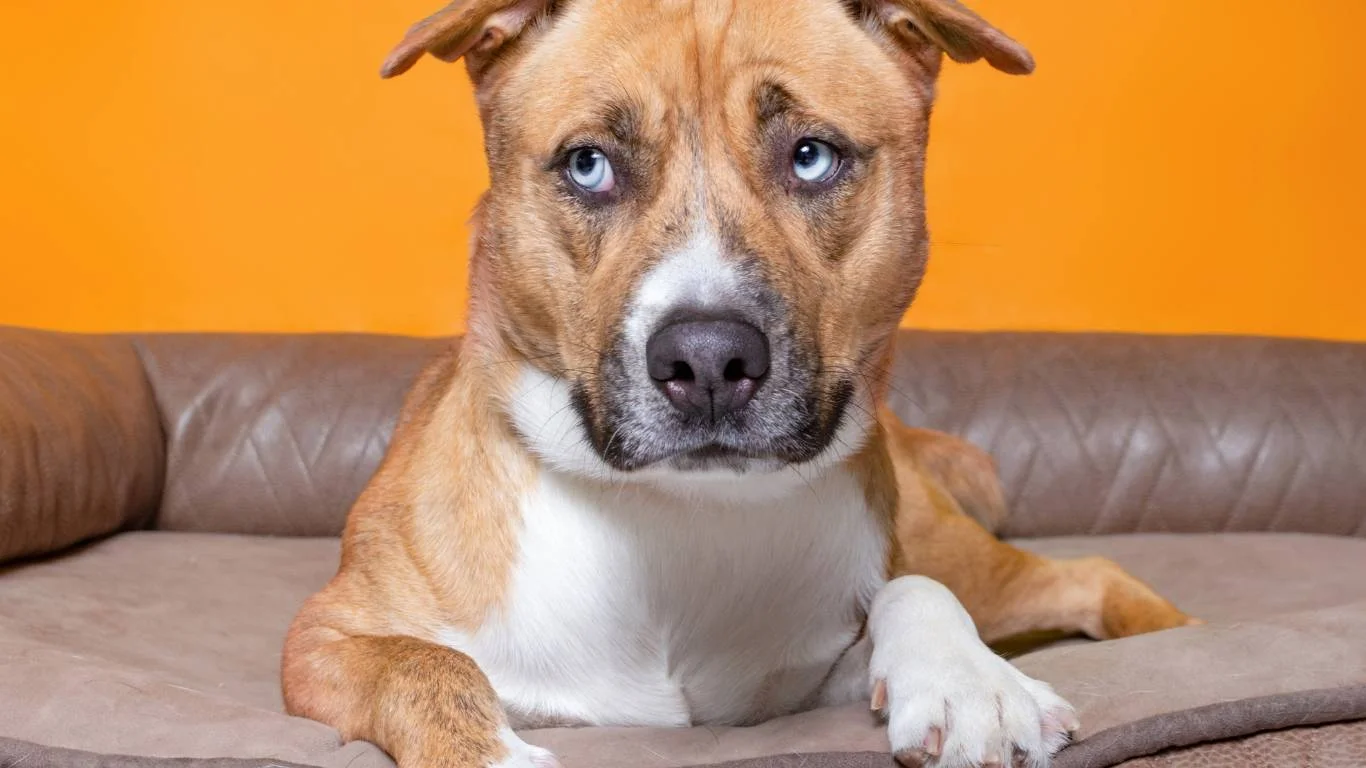
6. Over-Grooming and Licking Out of Anxiety
Believe it or not, mental health plays a big role in skin and coat issues. Just like people bite their nails when they’re stressed, some dogs compulsively lick or chew areas of their body — and the back is a common target. If your dog’s fur is thinning but their skin looks relatively normal and they’re licking a lot, stress or anxiety might be the root cause.
I once had a border collie mix named Rocket who started losing fur on his lower back after his family moved to a new apartment. At first, we checked for fleas, food allergies, and infections — nothing. But the moment I asked about lifestyle changes, his owner said, “Oh yeah, we just moved last month, and he’s been really jumpy.” Bingo. We added in some calming supplements, increased his daily playtime, and even brought in a behaviorist for support. Within a few weeks, his coat was growing back in beautifully.
- Watch for: Repetitive licking, chewing, or nibbling, especially when alone
- Triggers: Major changes like moving, new pets, lack of stimulation, or separation anxiety
- Helpful tools: Puzzle toys, calming pheromone diffusers, or vet-recommended anxiety meds
Don’t underestimate boredom either — high-energy breeds especially need mental stimulation or they’ll literally chew themselves bald out of frustration.
Seasonal and Breed-Specific Fur Changes
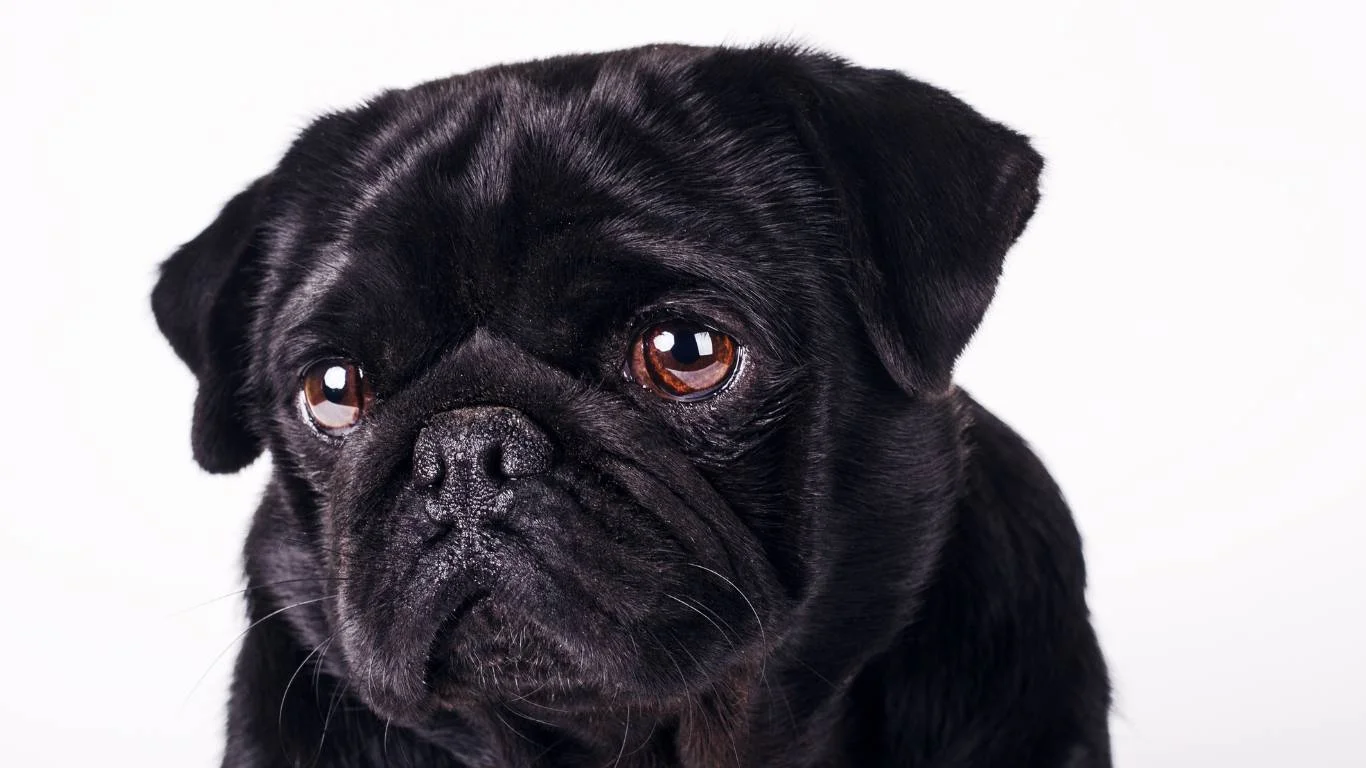
7. Normal Shedding or Coat Blowing
Okay, not every case of thinning fur is cause for panic. Sometimes, it’s just normal shedding — especially for double-coated breeds like Huskies, Malamutes, or Akitas. These guys “blow their coat” once or twice a year, and let me tell you, it’s intense. I’m talking fur-tumbleweeds in your living room and enough fluff to knit a new dog. During this time, it’s totally normal to see thinning or uneven patches, especially on the back and sides.
That said, I always remind clients to watch the skin closely. If it’s smooth, not red or irritated, and there’s no obsessive itching or licking, it’s probably just seasonal shedding. Regular brushing can help move things along — I’m a big fan of the undercoat rake for thick coats.
- Tip: Bathe with a de-shedding shampoo during heavy molting seasons
- When to worry: If you see bald spots, skin lesions, or your dog seems uncomfortable
- Helpful tool: The “blow dryer” method (on cool setting) after a bath really helps loosen dead hair
One malamute I saw every spring would come in looking half-naked, like he’d lost a fur battle. Totally normal for him. We’d schedule his “blowout day,” and his owner would always leave our clinic with a garbage bag full of fluff and a smiling dog. Just part of the cycle for some breeds!
Other Less Common But Important Causes
8. Genetics and Breed Predispositions
Yep, some dogs are just genetically more likely to have thinning hair — especially along the back. I’ve seen it in breeds like Chinese Cresteds, Chihuahuas, and even Dachshunds. It’s not necessarily a health issue, just how they’re built. Sometimes they’re born with thinner fur on the back or start losing it as they age.
If everything else checks out — clean skin, no itching, good diet — and the vet rules out medical causes, it could simply be a hereditary trait. I always tell pet parents that not every fur issue needs to be “fixed.” As long as the skin is healthy and your dog isn’t uncomfortable, you may just have a naturally balding pup. And that’s okay!
9. Medication Side Effects
This one’s often overlooked. Certain medications — including steroids, chemotherapy drugs, or long-term antibiotics — can affect the skin and coat. I had a senior terrier on long-term prednisone for chronic arthritis, and his fur started thinning noticeably along his back and thighs. His vet confirmed it was a side effect, and though we couldn’t stop the meds entirely, we adjusted his dose and added omega-3 supplements to support his coat.
If your dog recently started a new medication and you’ve noticed fur loss, bring it up with your vet. There may be alternatives or supportive therapies to help offset the side effects.
- Keep a journal: Note when the fur thinning began and any new meds or treatments started
- Ask your vet: About balancing effectiveness with side effect management
Understanding why your dog’s fur is thinning on their back isn’t always a quick diagnosis — but that’s why paying attention to the little changes matters. A patch of thin fur could be nothing, or it could be your dog’s way of saying, “Hey, something’s off.” The good news? With the right approach, most of these issues are very treatable once identified.
Veterinary Diagnostics: Getting to the Root of Fur Thinning
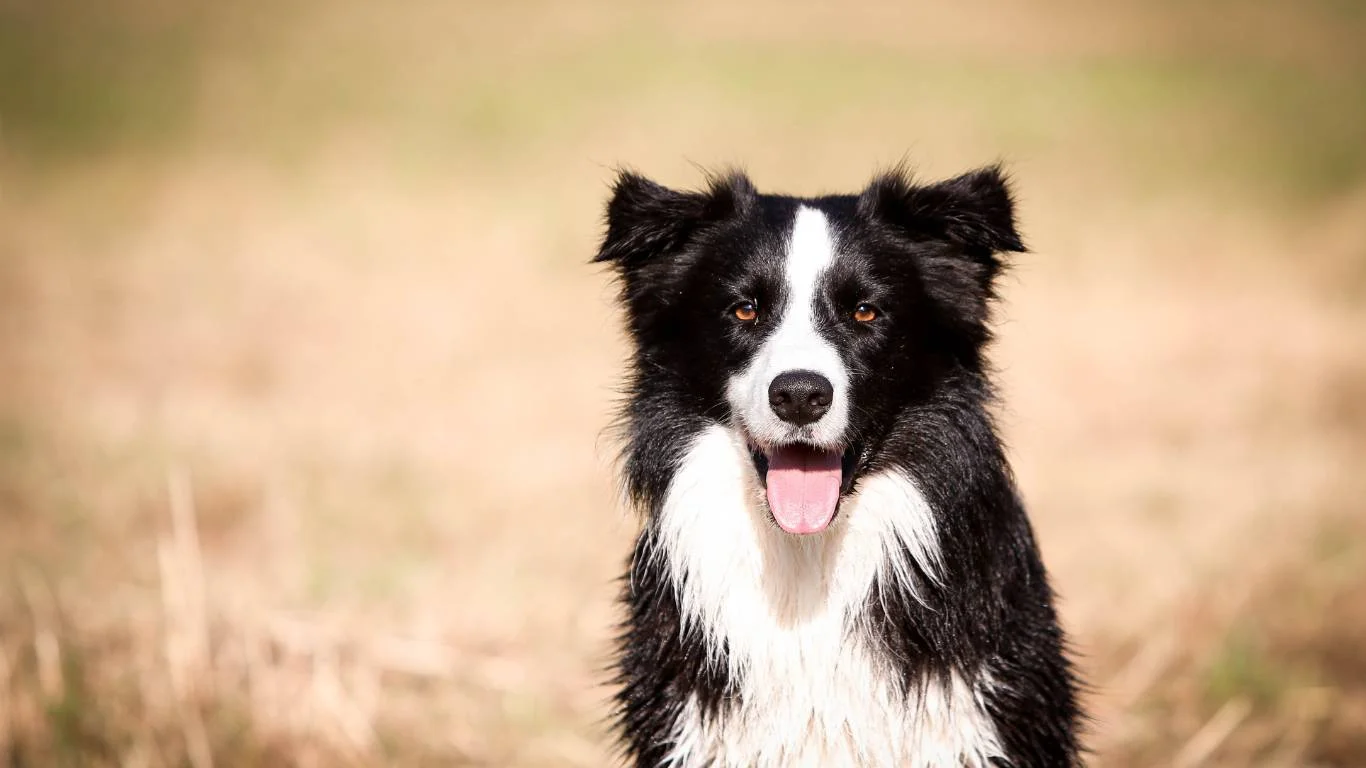
10. When It’s Time to See the Vet
So you’ve noticed your dog’s fur thinning on their back, maybe even in patches or evenly along the spine — and now you’re wondering, “Should I take them in?” My answer, nine times out of ten, is yes. Especially if the fur isn’t growing back, your pup’s behavior has changed, or the skin underneath looks irritated or off. A quick vet visit can save a whole lot of trial and error.
In the clinic, we usually start with a thorough skin exam and a full health history. From there, depending on what we see, we might do:
- Skin scrapings: To check for mites or fungal infections like ringworm
- Bloodwork: To screen for thyroid, adrenal, or other hormonal issues
- Fecal tests: Just in case internal parasites are causing nutritional deficiencies
- Allergy testing: Sometimes environmental or food allergens need to be ruled out
I’ve had pet parents come in expecting to get a medicated shampoo and walk out with a hypothyroid diagnosis. Fur loss is one of those symptoms that can come from a bunch of directions — so diagnostics really are worth it. Your vet is like a detective in these situations, and every clue helps.
If you’re between vet visits or just keeping an eye on a minor issue, there are a few ways to monitor your pup’s skin and fur health from home. I like to call it “being a skin detective,” and trust me, it’s more helpful than it sounds.
- Weekly fur checks: Run your hands down your dog’s back, feeling for changes in texture, thickness, or any new bumps or scabs
- Skin snapshot: Take clear photos of any thinning areas weekly to monitor progress
- Track changes: Keep a little notebook or phone log with any changes in food, shampoo, stressors, or routines
One of my longtime clients, Paul, did this with his terrier mix who had recurring fur thinning in the spring. By tracking what changed around each episode, we realized it was seasonal allergies. Armed with that info, we started early with antihistamines and diet tweaks — and boom, no flare-up this year.
Best Products and Supplements That Actually Help
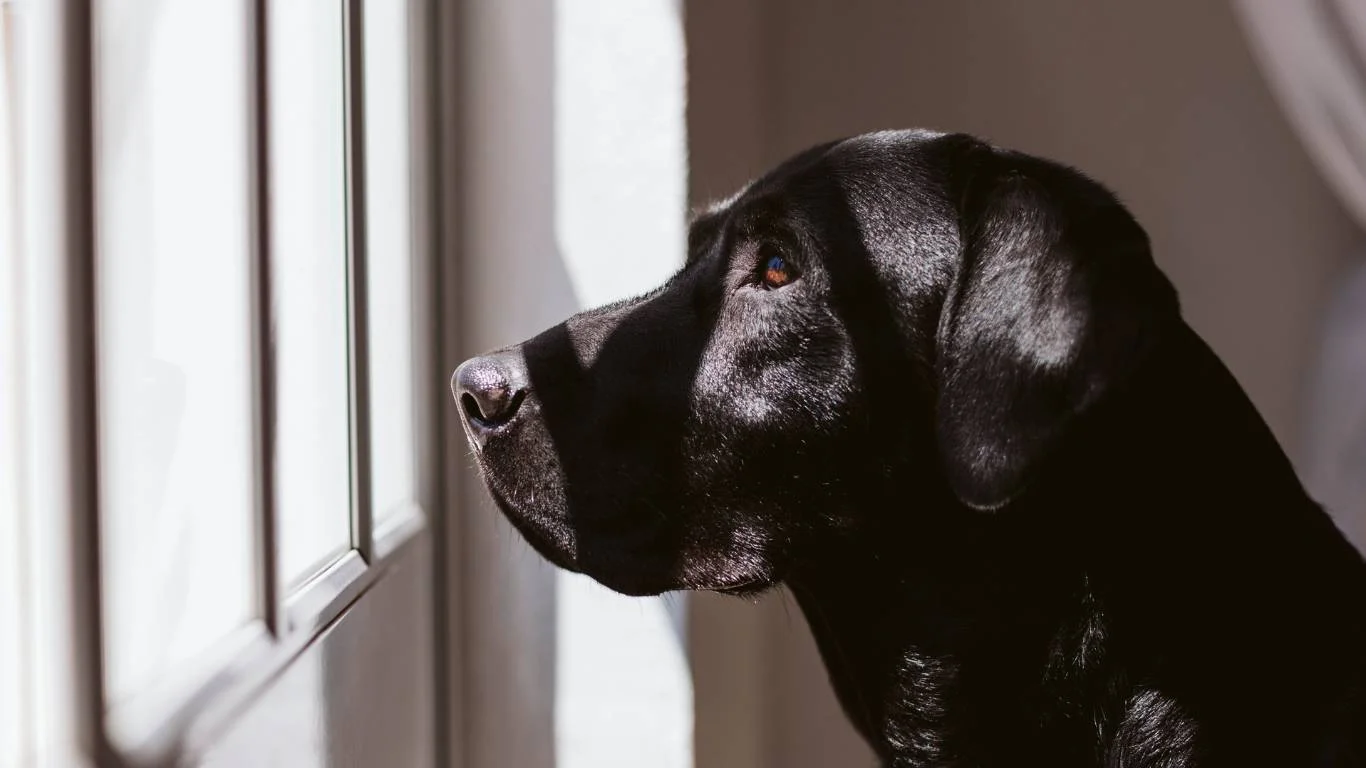
12. Grooming and Topicals That Make a Difference
There’s no one-size-fits-all, but over the years, I’ve built a list of tried-and-true products that many of my clients (and my own dogs) have benefited from. If you’re dealing with mild fur thinning on your dog’s back, starting with grooming and supportive care is a solid move.
- Omega-3 fatty acids: Fish oil is a game-changer for coat health and inflammation. I prefer wild-caught salmon oil over generic blends.
- Medicated shampoos: Look for ones with chlorhexidine, ketoconazole, or aloe and oatmeal if it’s mild irritation
- CBD-infused balms: Great for calming localized irritation if your pup is licking or scratching one spot
- Probiotics: Skin health often starts in the gut. I always suggest canine-specific strains from trusted brands
And grooming isn’t just about looking good. Regular brushing stimulates the skin, spreads natural oils, and helps you catch problems early. A slicker brush or shedding blade, depending on your dog’s coat type, can make a big difference.
13. Nutritional Support: Food Is Medicine
Look, I’m a nutrition nerd — I’ve said that before — but the longer I work in veterinary care, the more I believe the right diet can turn a skin issue around completely. If your dog’s fur is thinning and you’ve ruled out infections or mites, don’t underestimate what a food upgrade can do.
Some of my go-to advice includes:
- Switch to a single-protein, limited-ingredient diet if you suspect allergies
- Choose foods with natural anti-inflammatory ingredients like turmeric, fish oil, or blueberries
- Rotate proteins seasonally to avoid long-term sensitivities
- Use fresh or gently cooked foods if possible — or supplement dry food with toppers like sardines, eggs, or green-lipped mussels
One bulldog I worked with had dry, flaky skin and sparse fur along his back for years. After we moved him from kibble to a fresh-cooked, vet-formulated diet, the change was unbelievable. His fur grew back, skin cleared up, and even his mood improved.
Final Thoughts: Trust Your Gut and Know Your Dog
If there’s one thing I’ve learned working hands-on with dogs every single day, it’s this: You know your dog best. If something feels off — like fur suddenly thinning on their back — it’s okay to speak up and ask questions. Your concern is valid.
Also, not every solution is overnight. Sometimes it’s trial and error. I’ve helped pet parents test new diets, try supplements, or cycle through different shampoos before we found the right combo. It’s a journey, and patience really does pay off.
Above all, be your dog’s advocate. Whether it’s a seasonal allergy, something more complex like hypothyroidism, or just a grooming issue, your love and attention go a long way toward healing — and that’s something no supplement can match.
References
Disclaimer
This article is based on my personal experience as a veterinary assistant with a focus on canine nutrition and is for informational purposes only. It should not replace professional veterinary advice. If your dog is experiencing fur loss or any skin issues, please consult a licensed veterinarian for a proper diagnosis and treatment plan.
